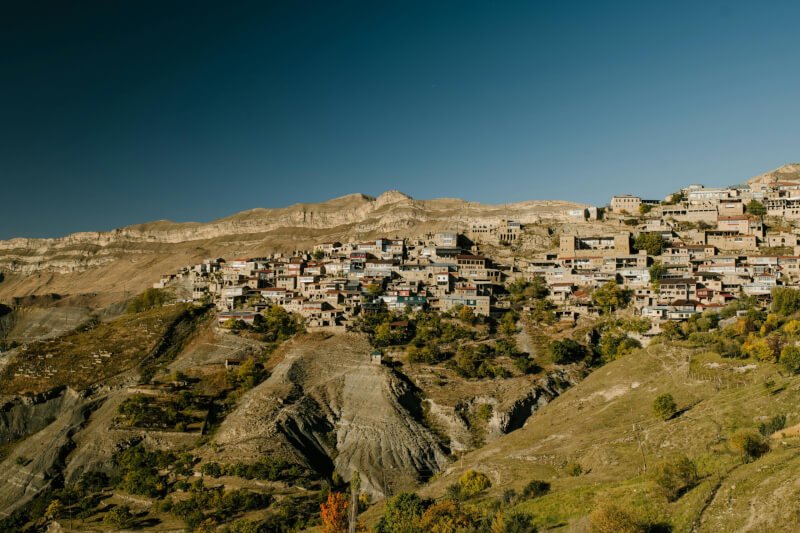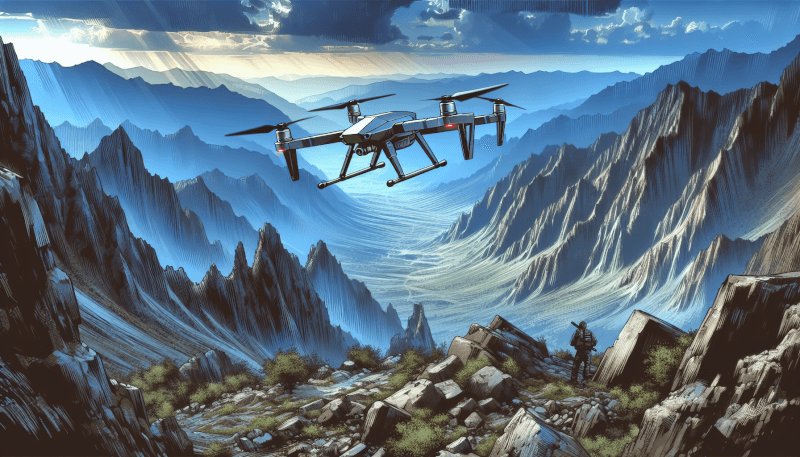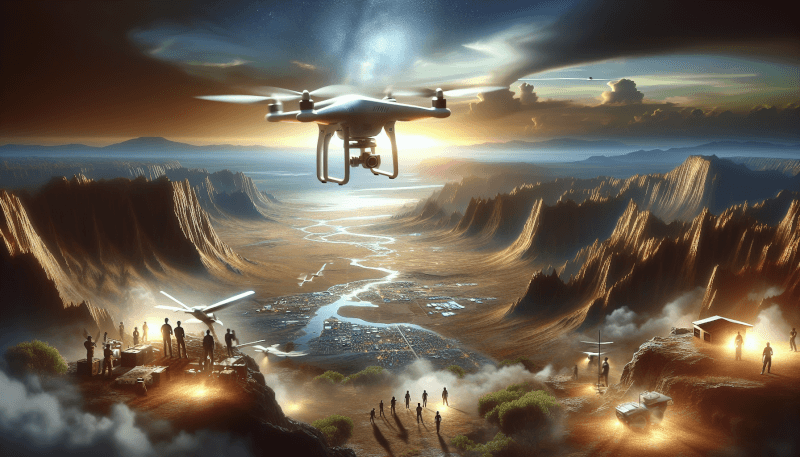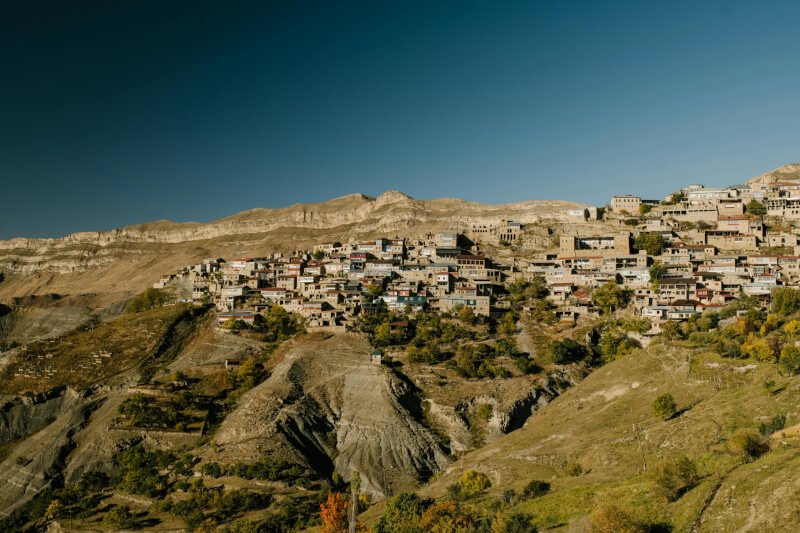In the fast-paced world we live in, it is crucial to utilize technology effectively in all aspects of life. When it comes to search and rescue missions, drones have proven to be a game-changer. With their ability to navigate difficult terrains and provide real-time aerial views, drones offer a valuable tool for locating and rescuing individuals in need. This article will explore the various ways in which drones can be used in search and rescue missions, highlighting their benefits and providing practical tips on how to effectively utilize them in these critical situations. So if you’re looking to enhance your search and rescue efforts, read on to discover the incredible potential of drones.
Choosing the Right Drone
When it comes to search and rescue missions, choosing the right drone is crucial. Before making a decision, consider the purpose and requirements of the mission. Are you searching for missing individuals in a vast wilderness, or are you working in an urban environment? Understanding the specific needs of the mission will help you determine the type of drone best suited for the task.
Once you have identified the purpose, it’s time to evaluate the drone’s specifications. Look for drones that offer a good flight time, range, and payload capacity. Consider the weather conditions in which the drone will be operating and ensure that it is capable of withstanding unfavorable elements. Additionally, consider the durability and reliability of the drone, as it will likely be subjected to challenging environments.
Finally, look for features suitable for search and rescue missions. Some drones offer advanced imaging capabilities, such as thermal cameras or multi-spectral imaging, which can greatly aid in detecting and locating individuals. GPS functionality and obstacle avoidance systems are also beneficial features to consider.
Understanding Search and Rescue Operations
Before diving into search and rescue missions, it’s essential to have a solid understanding of the operations involved. Take the time to learn about the different types of search and rescue missions that exist. These can include wilderness searches, urban rescues, maritime operations, and more. Each type of mission has its own unique challenges and requires specific techniques and equipment.
Familiarize yourself with the standard procedures and protocols followed during search and rescue operations. This includes understanding the command structure, communication channels, and safety protocols. Knowing the proper procedures will help ensure a smooth and effective operation.
It’s also important to understand the challenges faced during search and rescue operations. These challenges can range from unpredictable weather conditions to difficult terrain. By understanding these challenges, you can better prepare and plan for a successful mission.

Preparing and Planning for a Search and Rescue Mission
Proper preparation and planning are crucial for the success of a search and rescue mission. Start by gathering as much information as possible about the mission. This includes details about the missing person or persons, their last known location, and any other relevant information.
Assess the surrounding environment and conditions. This will help determine the appropriate drone and equipment to use. Consider factors such as weather, terrain, and accessibility. Understanding these factors will allow you to make informed decisions during the mission.
Once you have gathered all the necessary information, determine the key objectives and scope of the mission. Establish clear and achievable goals for the operation. This will help keep the mission focused and ensure that resources are allocated effectively.
Setting Up and Configuring the Drone
Before deploying the drone, it’s crucial to ensure that it is properly set up and configured. Double-check the drone’s batteries and power supply to ensure they are fully charged and in good working condition. The last thing you want is for the drone to run out of power during an operation.
Ensure that the drone’s firmware and software are up-to-date. This will ensure that it operates smoothly and efficiently. Updates often include bug fixes and performance improvements, so it’s essential to stay current with the latest software releases.
Calibrate the drone’s sensors and GPS before the mission. This will ensure accurate readings and reliable navigation. Proper calibration is essential for the drone to effectively carry out its search and rescue tasks.

Understanding Search Patterns and Techniques
When conducting a search and rescue mission, employing the right search patterns and techniques is crucial for maximizing efficiency and coverage. Learn about the different search patterns commonly used in search and rescue operations. These patterns include grid search, spiral search, and sector search. Understanding these patterns will help you determine the most effective strategy for the given situation.
Implementing a grid search technique involves dividing the search area into smaller grids and methodically searching each grid. This ensures that the entire area is thoroughly searched. Spiral search, on the other hand, involves spiraling outward from a central point, covering larger areas with each spiral. The “lawnmower” technique involves flying back and forth over an area, similar to mowing a lawn, to cover the entire area efficiently.
Each technique has its own advantages and is suited for different scenarios. It’s essential to have a good understanding of when and how to use each technique based on the specifics of the search and rescue mission.
Utilizing Sensors and Imaging Systems
Drones equipped with various sensors and imaging systems can greatly enhance the effectiveness of search and rescue missions. When choosing a drone, consider the appropriate imaging sensor for the mission. Different sensors have different capabilities, and choosing the right one can make a significant difference in locating missing individuals.
Thermal cameras are particularly useful for search and rescue operations. They can detect heat signatures and are effective in low-light conditions or when searching for individuals who may be hidden under cover. Thermal imaging is especially valuable in scenarios where visibility is limited, such as dense forests or thick smoke.
Implementing multi-spectral imaging can also be beneficial. This technology allows drones to capture imagery beyond normal visible light, enabling the detection of hidden or camouflaged targets. By utilizing sensors with advanced imaging capabilities, search and rescue teams can greatly improve their chances of locating individuals quickly and efficiently.

Collecting and Analyzing Data
When conducting search and rescue missions with drones, collecting and analyzing data is an essential part of the process. By recording and analyzing real-time data from the drone, you can gather valuable information about the search area and any potential targets.
Utilize image and video processing software to enhance and analyze the captured data. These tools can help identify and highlight potential targets, making them easier to spot and analyze. By evaluating data patterns, such as shifts in heat signatures or sudden movements, you can identify potential targets and make informed decisions during the mission.
Working Collaboratively with a Search Team
Search and rescue operations are often a collaborative effort involving multiple teams and individuals. Effective coordination with ground personnel and incident commanders is crucial for a successful mission. Establish clear communication channels and maintain regular updates on progress and any significant findings.
Share data with the search team to ensure everyone involved has the necessary information to make informed decisions. Establishing a unified command structure ensures that everyone is working towards a common goal and that resources are allocated efficiently.
Maintaining effective communication and collaboration throughout the operation is key to maximizing the chances of a successful search and rescue mission.

Addressing Safety and Ethical Considerations
Safety should always be a top priority during search and rescue missions. Ensure compliance with aviation regulations and local laws to operate drones legally and safely. Familiarize yourself with any specific regulations or restrictions that may apply to search and rescue operations in your area.
Implement safety measures to minimize risks and hazards during the mission. This includes conducting thorough pre-flight checks, regularly inspecting the drone and equipment, and following appropriate safety protocols. By prioritizing safety, you can help ensure the well-being of both search and rescue personnel and the individuals being searched for.
Respect privacy and confidentiality during operations. Ensure that any information or data collected during the mission is handled in accordance with legal and ethical guidelines. It’s important to maintain the trust and respect of the community while performing these critical tasks.
Overcoming Operational Challenges
Search and rescue missions can present various operational challenges that need to be addressed to maximize effectiveness. One common challenge is managing limited flight time and battery life. It’s crucial to plan flight durations accordingly and have spare batteries on hand to minimize downtime.
Strategize for challenging weather conditions. Determine how the drone will operate in adverse weather and plan accordingly. This might involve adjusting flight paths, considering alternative search methods, or even delaying the mission until conditions improve.
Prepare for communication and signal interference. In situations where there may be communication challenges or signal interference, it’s important to have backup communication systems or alternative methods of transmitting data. This ensures that vital information can be relayed and received without disruption.
By anticipating and addressing these operational challenges, search and rescue teams can better prepare themselves for success in challenging conditions.
In conclusion, deploying drones for search and rescue missions can greatly enhance the effectiveness and efficiency of operations. By choosing the right drone, understanding the operations involved, properly preparing and planning, setting up and configuring the drone correctly, utilizing search patterns and techniques, employing appropriate sensors and imaging systems, collecting and analyzing data, collaborating effectively with a search team, addressing safety and ethical considerations, and overcoming operational challenges, search and rescue teams can significantly increase their chances of locating missing individuals and saving lives. Drones have proven to be valuable assets in these missions, and by following the tips outlined in this article, you can utilize this technology to its fullest potential.



